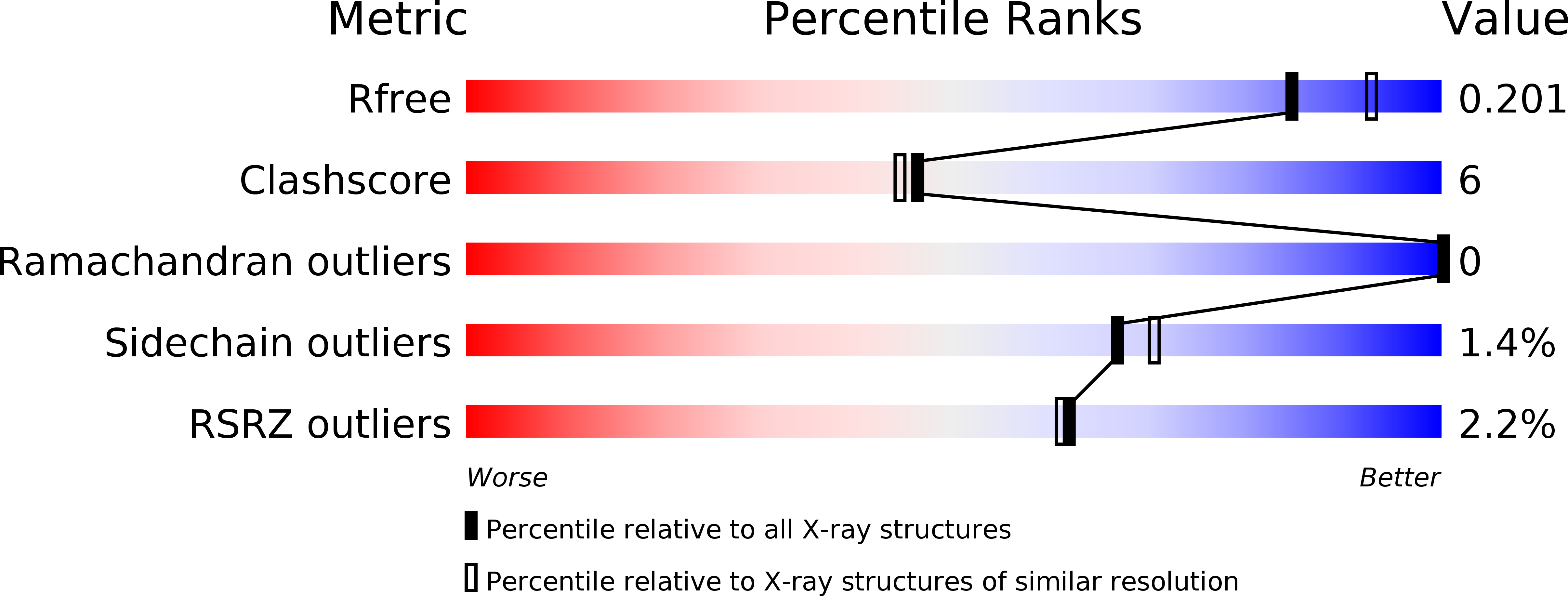
Deposition Date
2018-08-05
Release Date
2019-04-10
Last Version Date
2023-10-11
Method Details:
Experimental Method:
Resolution:
2.02 Å
R-Value Free:
0.20
R-Value Work:
0.17
R-Value Observed:
0.17
Space Group:
P 31 2 1


